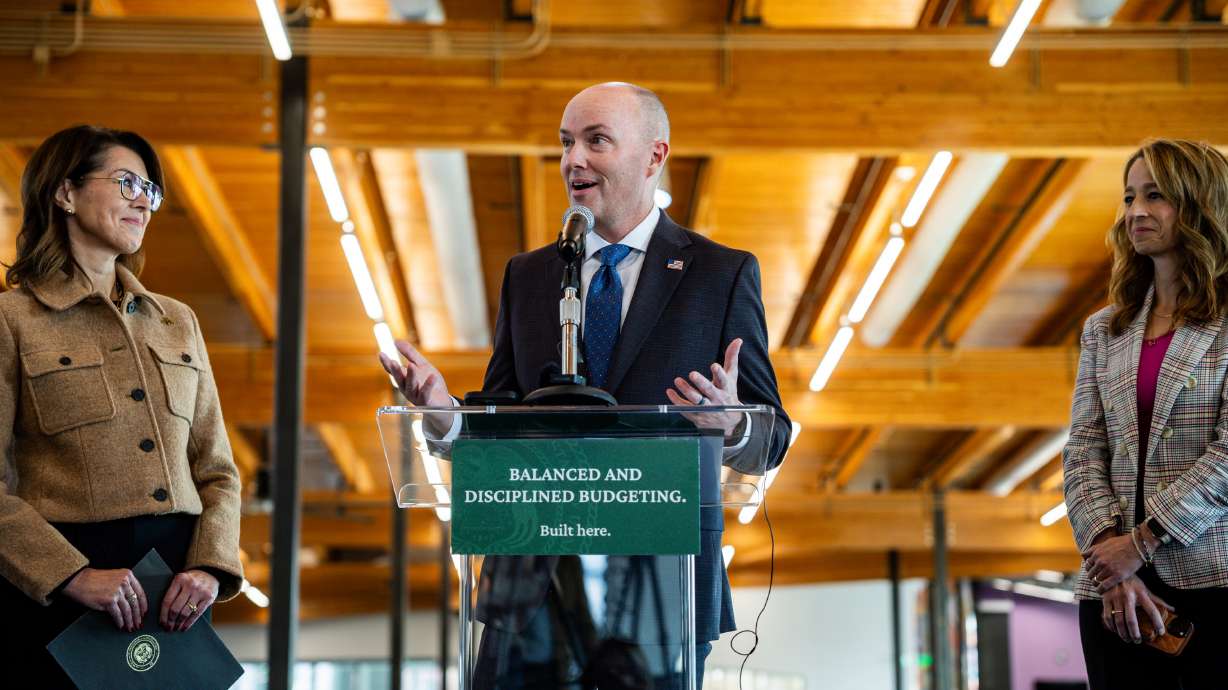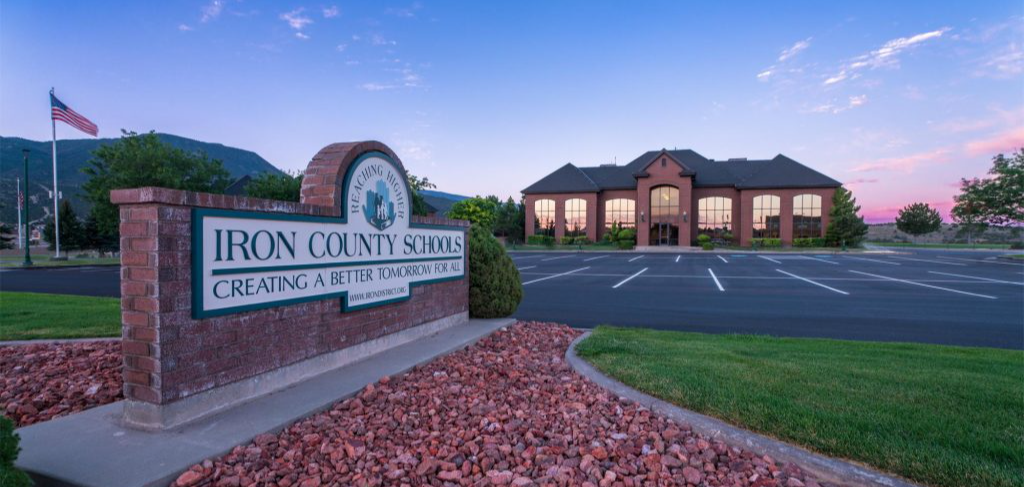Earlier this year we reported on a proposal by SLC Mayor Becker to further subsidize public transit. In that article, we noted that “those who ride UTA buses pay 15% of the total cost through their fare, whereas those who ride FrontRunner pay only 5%.” Taxpayers are on the hook for the remainder of the cost.
Becker’s affinity for taxpayer-financed transit is not limited only to that story, however. In October 2007, as a candidate for mayor, Becker announced that a light-rail or trolley route to Sugar House would be a “high priority” under his mayoral administration. That project was made reality due to a 2010 grant in the amount of $26 million. Government central planners, in announcing the disbursement of taxpayer dollars, offered their estimates on how many people would use the system.
According to the Salt Lake Tribune, the expectation was that 3,000 people a day would ride the new streetcar when it opened, but data from the Utah Transit Authority showed that the average during its opening week was just 781 riders per day—only 26% of the estimate.
Seeking to justify their expenditure, government agents have pointed all sorts of fingers—primarily the slow residential and commercial development in the surrounding area, which they claim should pick up as a result of the streetcar’s existence.
But if you listen to those actually using (or not using) the streetcar, other reasons for its apparent failure, at least thus far, become clear. Here is a sampling of the comments on the Tribune article:
- “Public transit shouldn’t be built where there isn’t demand for it.”
- “Maybe because it is soooooooo slow. Look, unless I can walk 2 blocks to a TRAX station, I’m going to drive my car to the park and ride TRAX lot. If my choice is to drive 3 min to the streetcar line and then a 15 min ride to the 2100 S TRAX, or just drive 7 min directly to the 2100 S TRAX, guess which I’m going to do?”
- “But that connected consultant that cost a few million bucks said everyone would ride it?!? How could they be wrong? Oh yeah… consultants are paid to tell you what you want to hear.”
- “Tell me the name of one developer building around the streetcar at Central Pointe in South Salt Lake city. There are none. This streetcar news started in 2010 and there are still no private developers building around it.”
- “I’ve never heard of a street car that didn’t actually run down a street. Doomed to failure at the outset.”
- “I ride TRAX to work and I’ve been looking forward to the S-Line – but with the speed restricted to an average of 15 MPH – what’s the point? The #21 route bus on 2100 South goes the 30 MPH speed limit between stops, So the S-Line actually takes LONGER to cover the same distance to Central Pointe station than the bus! I would prefer to take the S-Line, but taking transit already adds 15 to 20 min to my commute and adding an additional 10 min for the streetcar just isn’t worth it.”
- “Here are the main reasons why I have not availed myself of the new streetcar. The first is price a full $2.50 if I only took it down the street. The second is that it stops running at 9:00 pm. I would be willing to pay $2.50 if I could connect to Trax, but not if I am going to get stranded downtown. Finally, I might just be able to crawl faster than this thing is running. It is as if UTA really doesn’t want people to ride it. I don’t know what South Salt Lake is talking about. They haven’t had any development along the line like Sugar House has that I have seen.”
- “I am one of the ones who plans on using the new streetcar, but not until it warms up outside a bit. I’m all for public transportation and helping the environment, but I also believe in not freezing to death in the unseasonably single digit temperatures we have been enjoying of late. Until it gets warmer, the environment will just have to suffer and I will keep the heater in my car cranked on high.”
- “UTA and SLC build a streetcar line that doesn’t connect properly to TRAX, goes nowhere AND isn’t even on a street… And they wonder why no one is riding it.”
Government agents should stick to protecting our rights rather than pretending to be economic developers—even those at the local level. Taxpayer funds, coercively taken from citizens, should not be used as funding for risky or unnecessary ventures, even if they have a public works nexus.
There is no shortage of government boondoggles, and the Sugar House Streetcar can, as of now, be added to the list. When politicians drive economic projects, with guaranteed funding from taxpayers, then market signals are muted. Whereas a private business would either go under (and its assets bought up by somebody else who can do better) or retool to stay afloat, flawed projects such as the streetcar generally continue to waste resources while resisting necessary changes that might render the business more profitable (and less of a burden).
Central planners being who they are, it should therefore come as little surprise that there is a phase two. As with all of UTA’s transit systems, taxpayers should be on notice that they’ll be expected to fund a substantial portion of whatever is decided.





